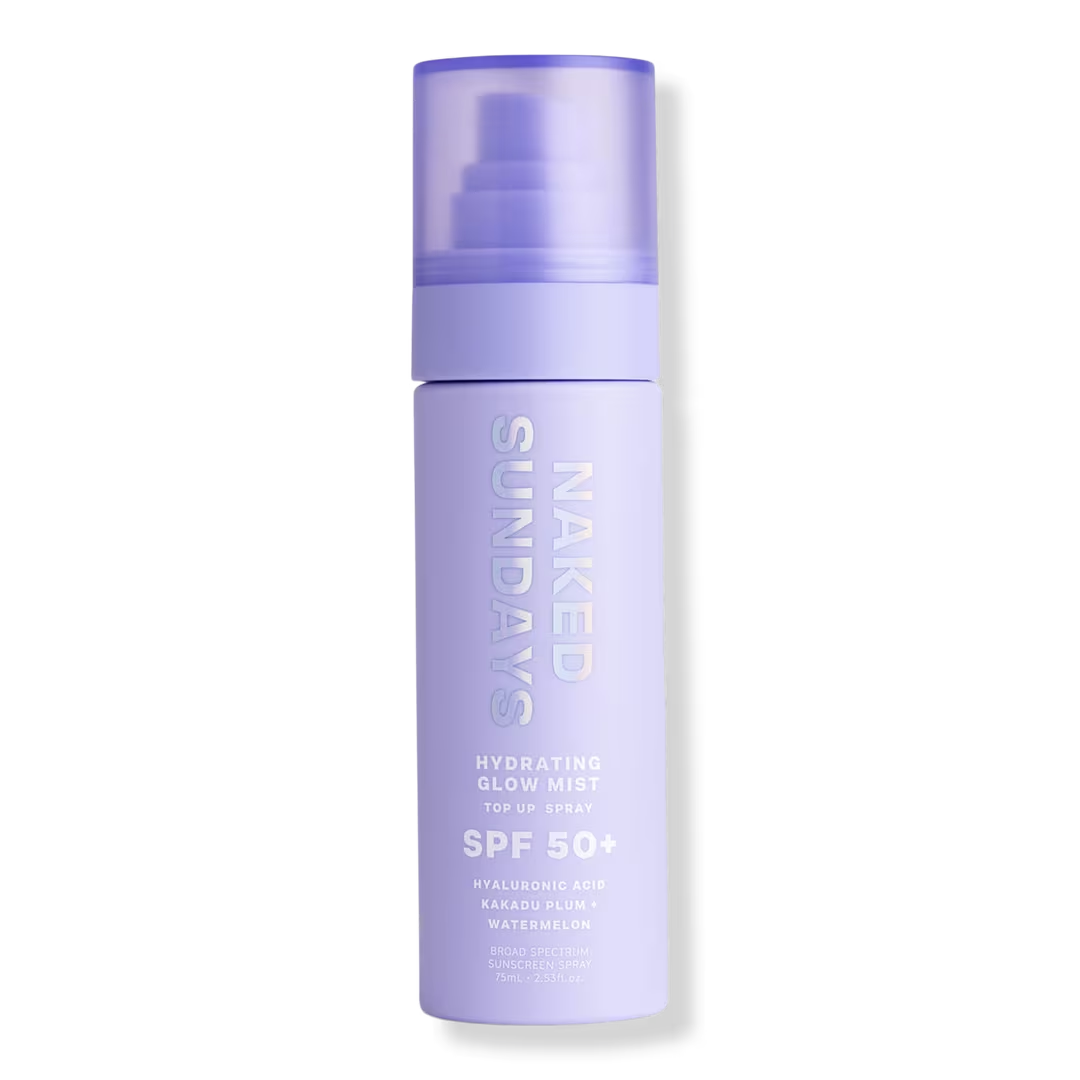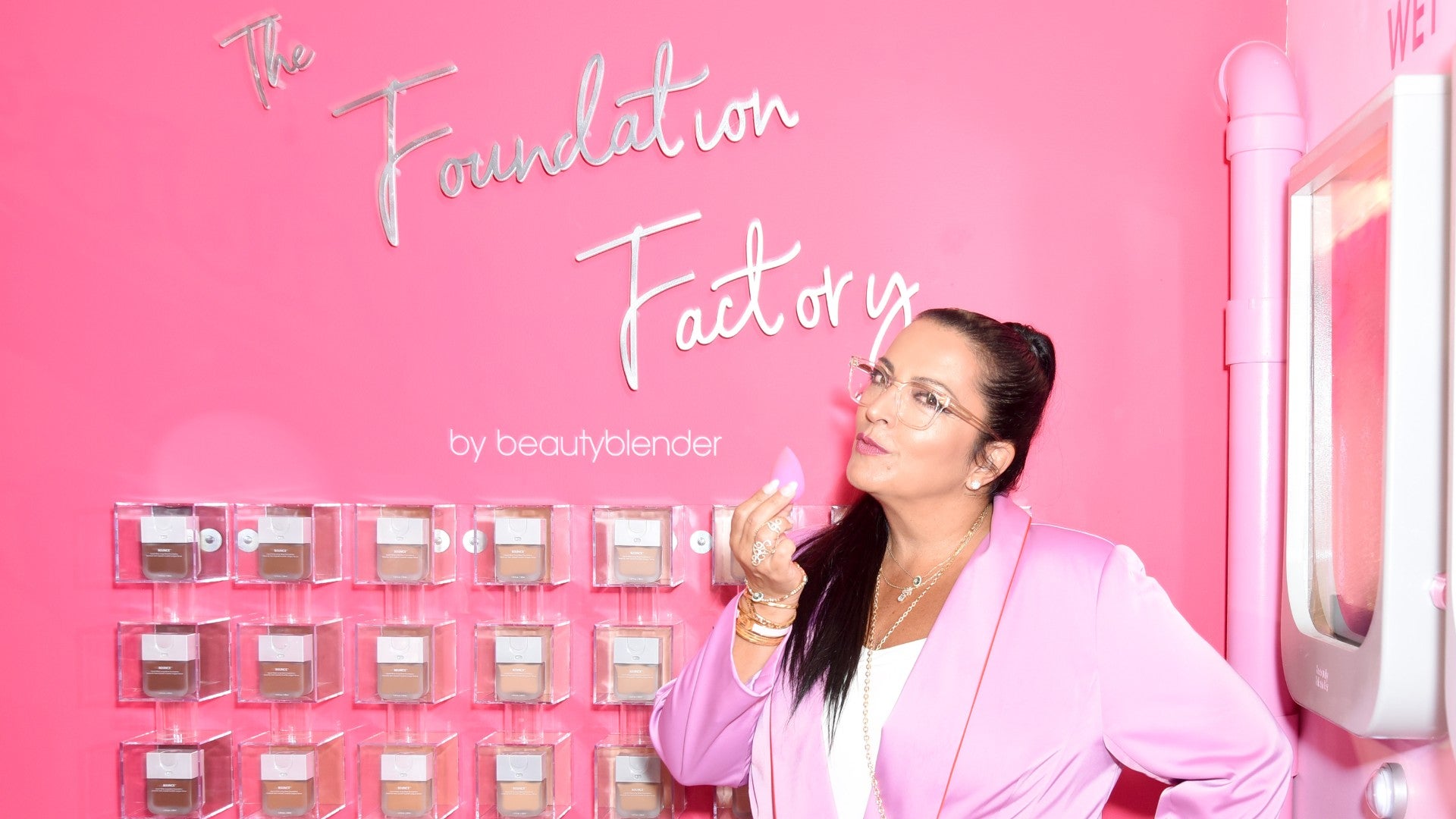
Holiday gift giving is difficult. But today it’s become an even more complex dance in the face of brand loyalty and brand cancelling. You can easily find yourself trying to navigate around questions you didn’t have to ask before. Has this brand been embroiled in a controversy lately? Why don’t they ever use models of color in any of their campaigns? Did she cancel this brand for good? It can get complicated.
Many beauty brands and businesses have found themselves on the wrong end of a colorism or racism controversy. And in this post-Fenty beauty world, consumers are more vocal when they feel like a brand isn’t catering to a multi-ethnic shopper. In this era of cancel culture, it can be very difficult for a brand to regain the trust of its consumers once they’re angry.
Rea Ann Silva found herself on the receiving end of that anger when her brand, beautyblender, first released a collection of foundation that included 32 shades. When photos of the collection hit the internet, the brand found itself caught up in a controversy over what some people considered a serious lack of range in the colors for deeper skin tones. It came to be known as “Fifty Shades Of Beige.”
There was no question that the entrepreneur and professional makeup artist had revolutionized how we apply our makeup with her clever patented teardrop sponge. But she found out very quickly that just having a great product isn’t always enough. When I recently asked different Black women about their interaction with beautyblender’s Bounce Liquid Foundation it was all positive. I wasn’t sure if something major had changed. So when I had to chance to catch up with Silva I had to ask about it.
We talked about how she revolutionized makeup application, what she learned from the foundation controversy, and how a brand bounces back in the age of cancel culture.
So I know initially the reception for the foundation wasn’t the best, right? Is something different now?
So I think what happened and why you thought maybe there was a change or an improvement or something, was just that when we launched at Sephora exclusively, we launched with 32 shades. We had 40 shades. That’s why we were able to bring another eight shades to market so quickly. We did an edit and we looked at the 40 shades and we decided that the 32 that we launched with was a great initial launch and it skewed across the shade range beautifully from the lightest light to the darkest color under the Sephora roof. So we thought we had done a really good job editing. Now the one thing I can say as someone that’s new to makeup and color manufacturing was unfortunately I decided to make my incredibly innovative bottle in a frosted glass.
And people thought the colors looked too light, and it as a big issue.
The thing that I learned from that controversy is that I didn’t spend enough time talking about myself and who I am, because I come from an era of professional makeup artistry where you are not the subject, you don’t talk about yourself and you wear black and you fade to the side. My daughter is the base of my brand. I’m Mexican, Portuguese and Irish, she’s Black. I just assumed that people understand my background and my expertise as a makeup artist. I know where I come from, but I didn’t do a good enough job talking about my career because it came very easy with beautyblender.
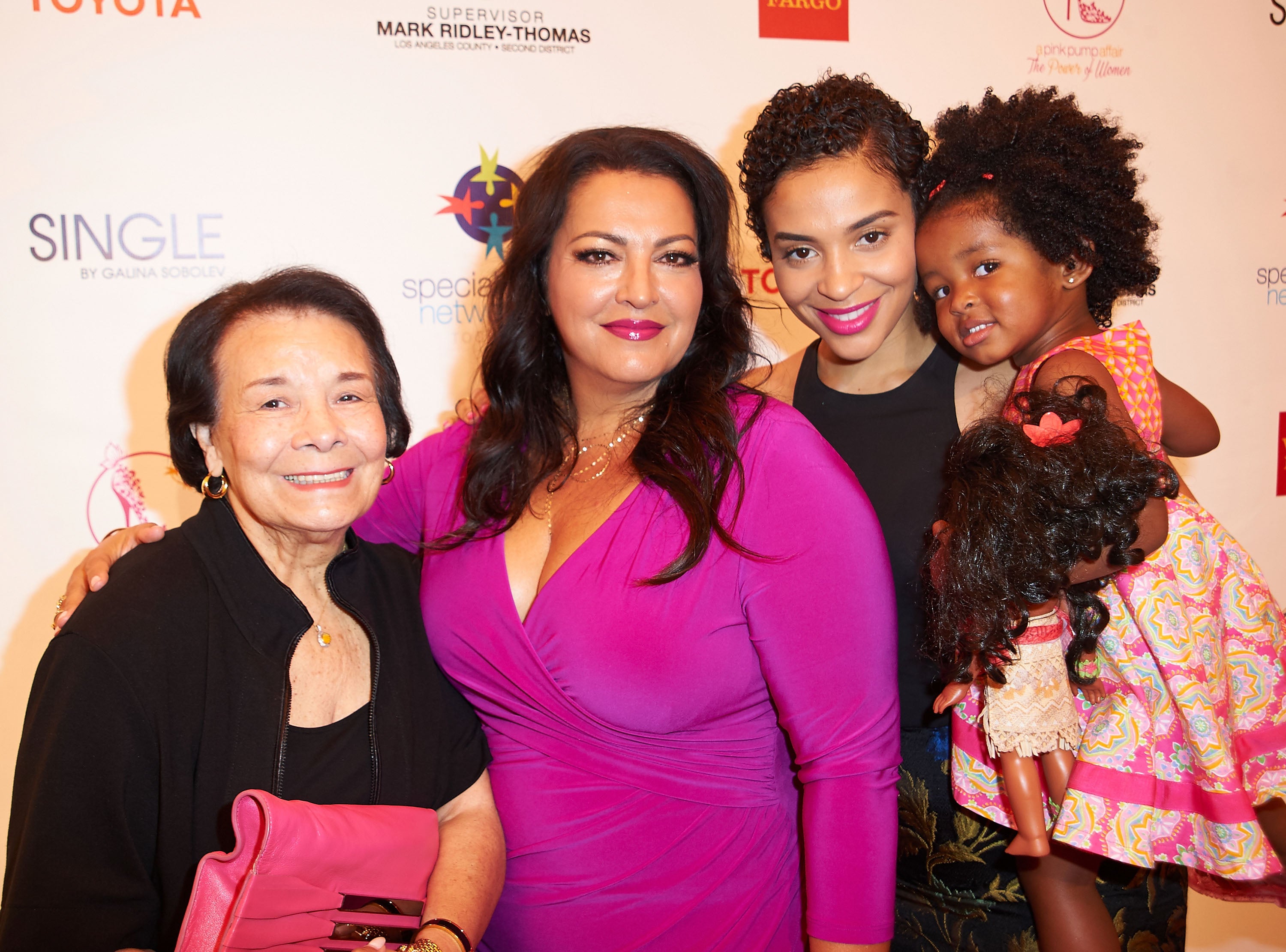
Color cosmetics is a whole new ballgame with different stakes.
The one color that entered the web wasn’t even our photo. It was somebody that took a photo of our shade range and used the flash and it made everything look like a sea of beige and it was really unfortunate. I come from the entertainment industry and I know there’s no such thing as bad press. So, there could have been a controversy, but it actually just brought more attention to the brand and we sold out 22 shades in the first four or five days. And then we launched eight new additional shades and since then things have been great.
How do you change the narrative when that happens? Like you said, you sold out 22 shades while everyone was focused on the negative stories. So how do you take those and turn those around as a brand?
Time is the great neutralizer. We have an amazing product and I know in time people will understand that that was a rush to judgment. I’m not saying that everybody does, but in general people are quick to react. We’re quick to assume and it just takes a matter of time. I have an amazing communications team, PR team, marketing team, product develop teams and we just continue to pump out really good information, really good products, and in the end we win.
Good products will always tell the story.
Absolutely. And that’s exactly more proof of beautyblender being an amazing product for me where I didn’t have to do a lot of talking. It was just so easy to use. Everybody was so democratic. Everybody, whether you are a professional or an amateur, can use it and get a really great effect. And there were no words that would over run the benefit of using the product. Now, I’m using my words!
You have to. These days people want to see you and they want to feel closer to your brand by interacting with you.
The era of makeup artistry that I came from, you had agents, and you worked on very confidential projects. You signed things that you won’t talk about it. You won’t share pictures in your makeup trailers. You won’t share pictures on set. And by the way, the less you say the more they’ll hire you. So that’s kind of where I came from and when beautyblender became really popular in many ways it allowed me to get very lax [with that] because I didn’t have to do a lot.
The Beautyblender sponge is such an innovative product. How do you top that?
You try not to top that. I try to just elevate it, honor it, cherish it, feed it, make sure it’s good and happy and just let it grow. I’m going to continue to just innovate and hopefully I’ll get another home run. My goal and my challenge right now is to create a line of products in complexion, tool and color, that are like a system that all can be used with or without beautyblender. Have you seen my brushes?
Beautyblender has brushes now?
Yeah, you can buy them on beautyblender.com and they’re going to be in store very soon. I was originally going to call them ‘Everything Else’ and my team said that’s a weird name. But they are. They are everything else that a beautyblender can’t do. You wouldn’t want to do eyeliner with a beautyblender. You wouldn’t want to do your brows or lips with a beautyblender.
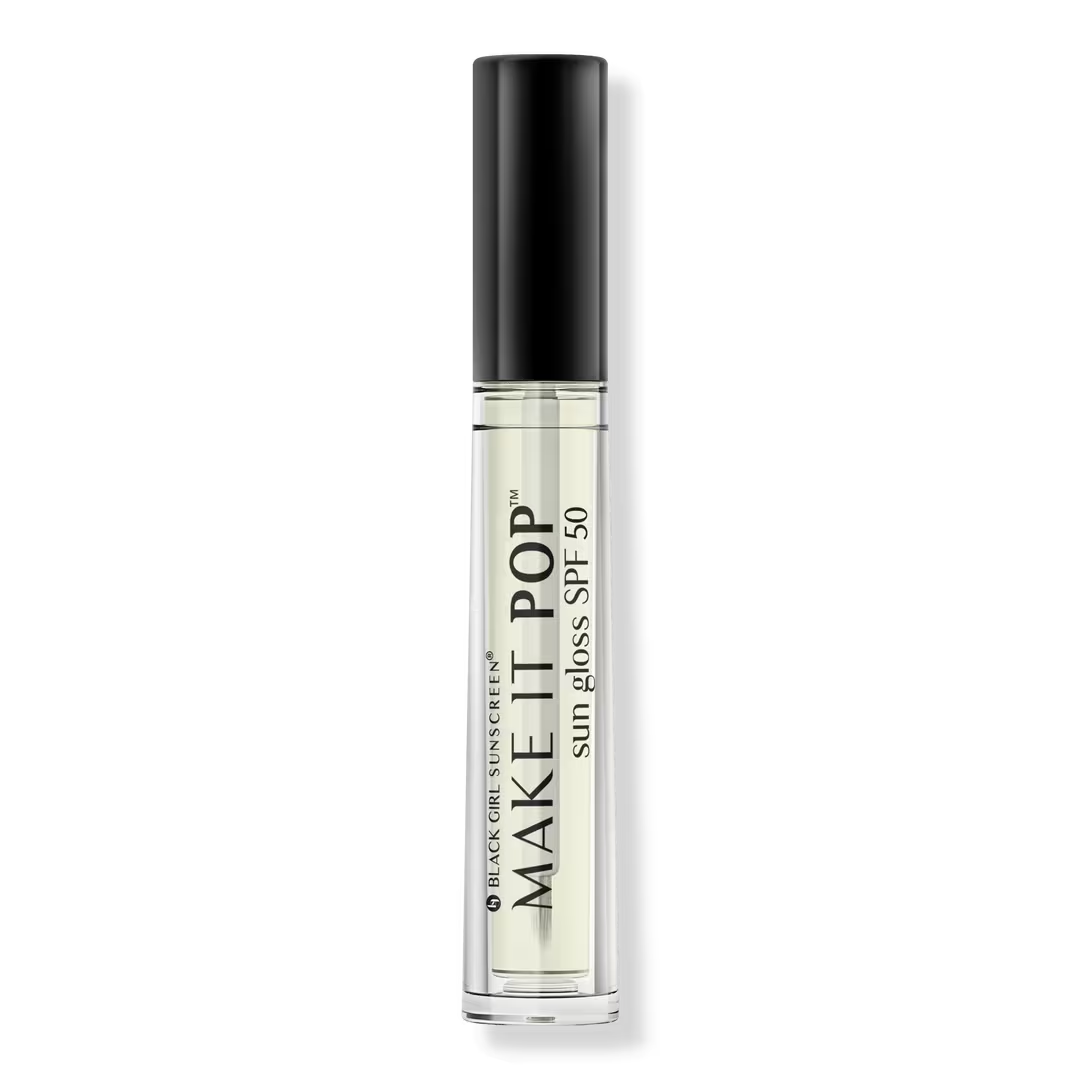
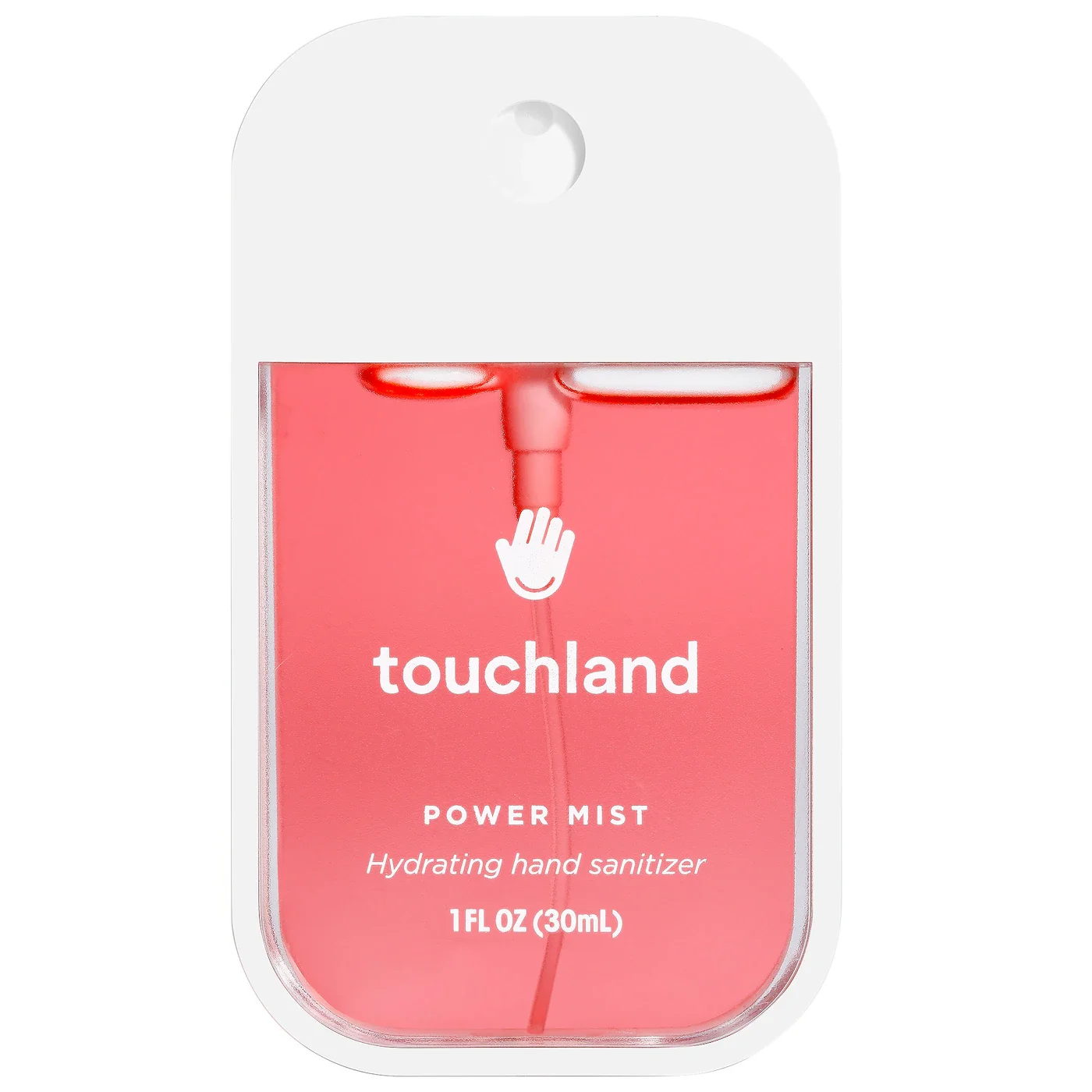
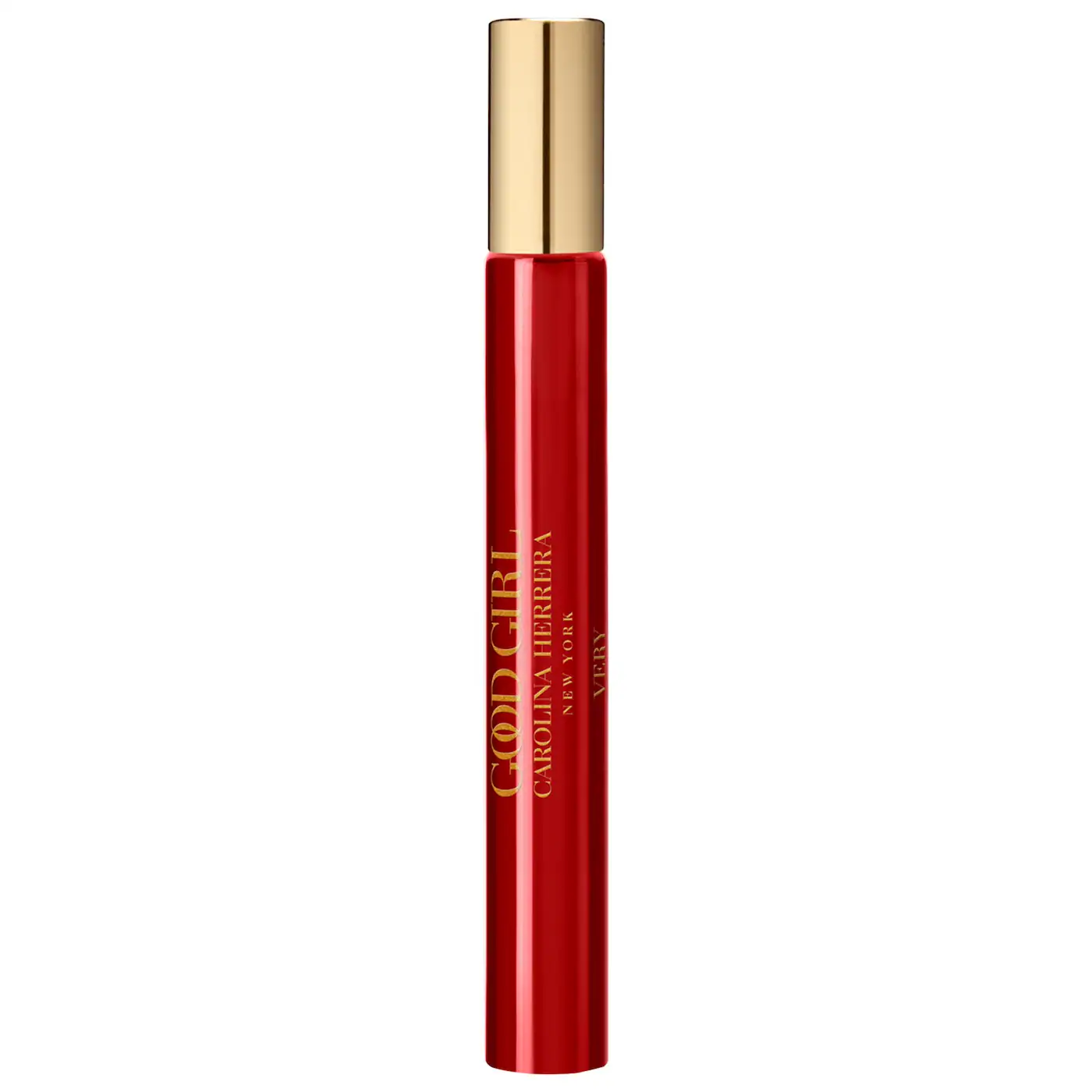
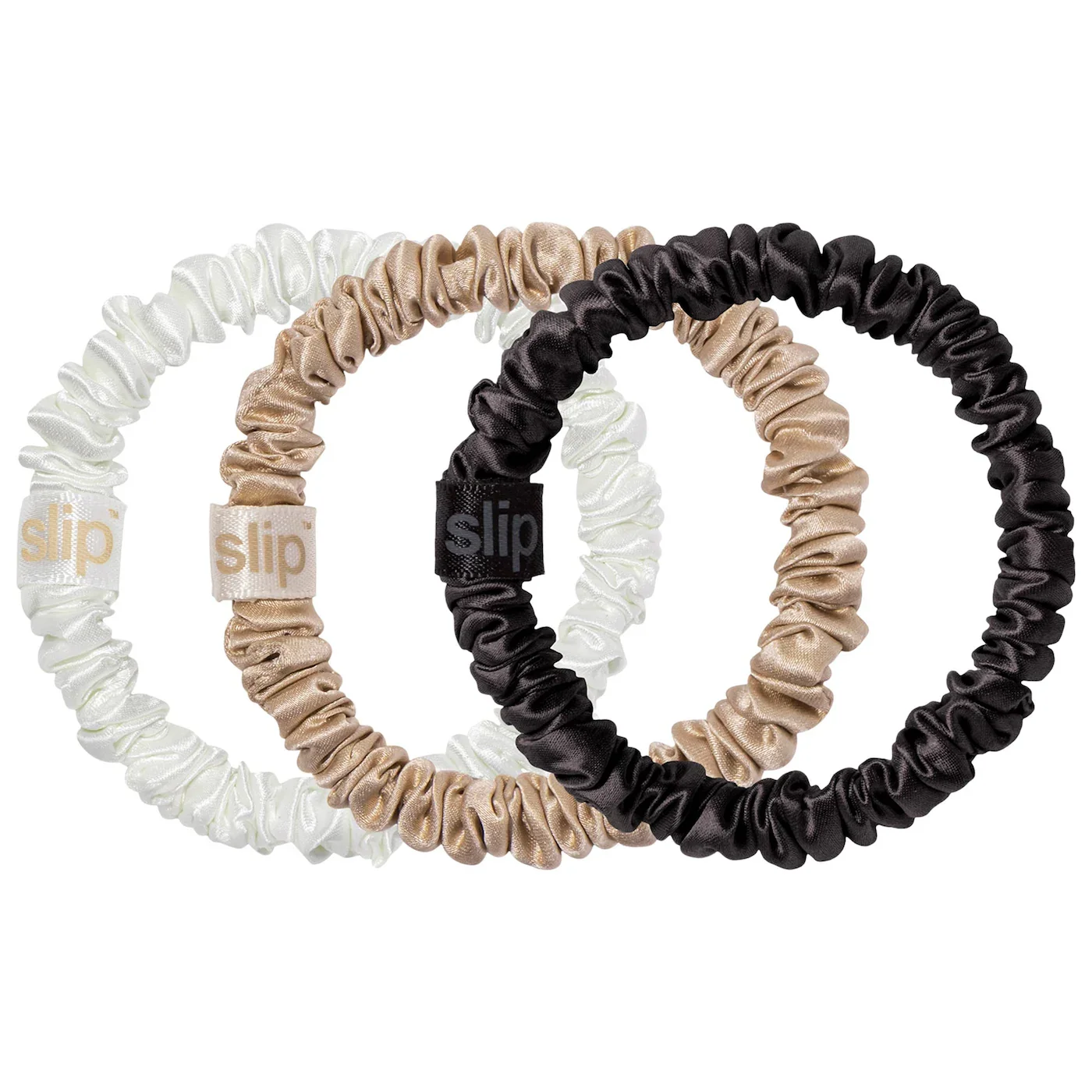
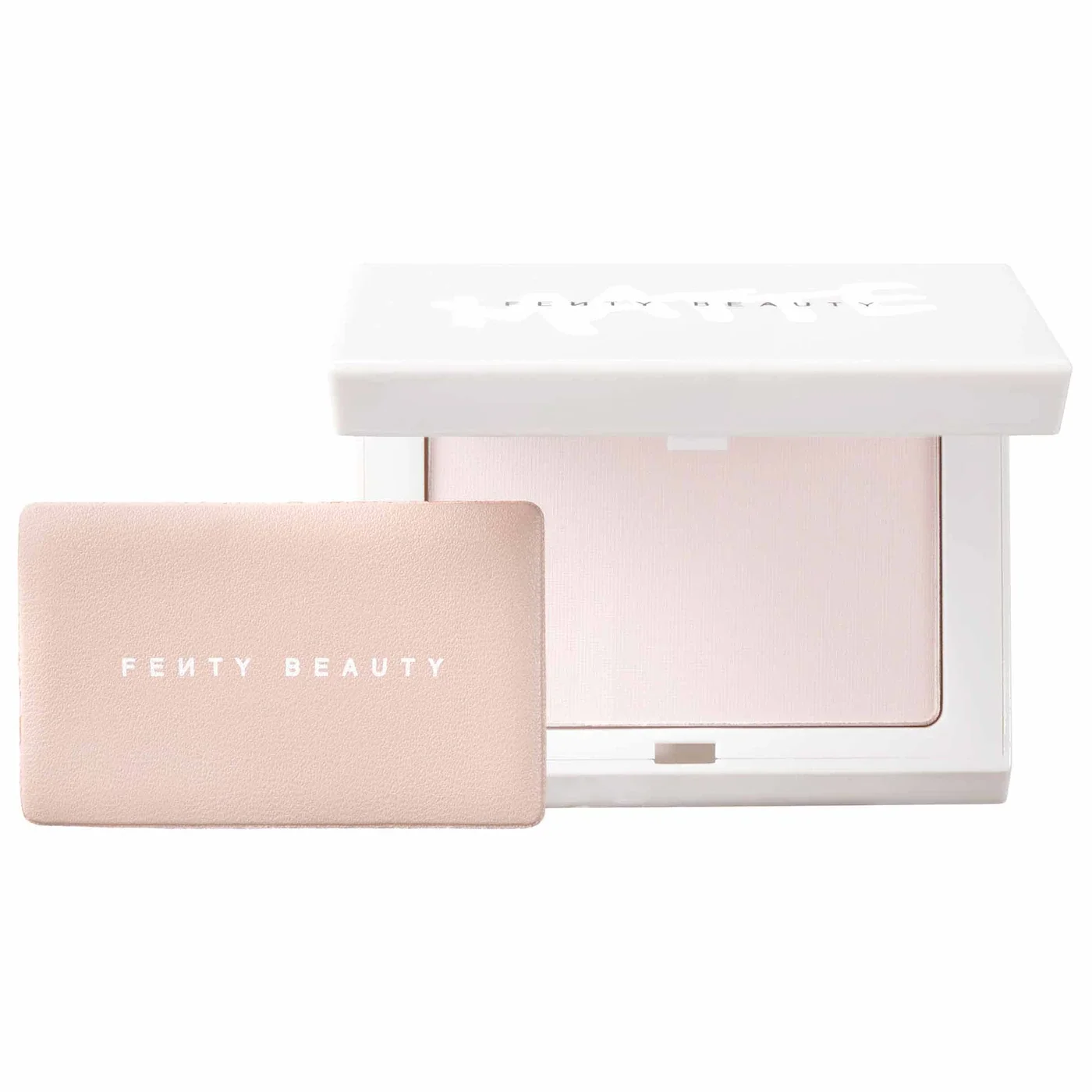
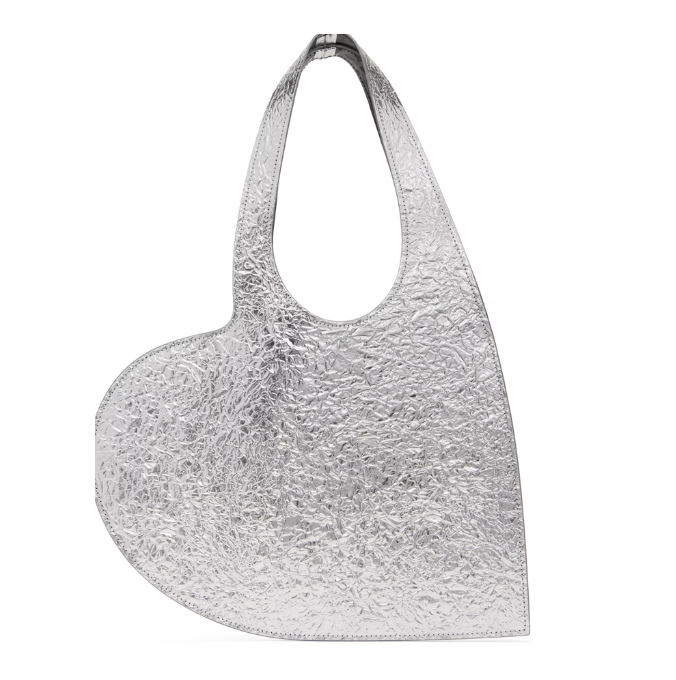
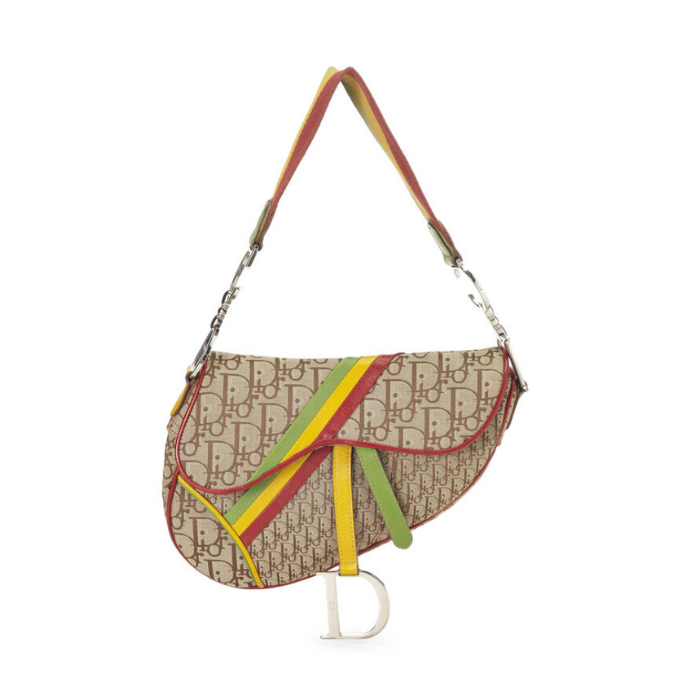
How does it feel to have revolutionized how the masses do their makeup? You brought something that professionals do and made it accessible. I get freaked out all the time when people say, ‘Rea Ann, do you realize you’ve changed the way people do makeup?’ That’s like almost too much for my soul to take. That statement is one that always pushes me back. I’m a makeup artist that designed a tool to solve a problem on a set and thought only other makeup artists were going to buy my product. I never thought it was going to be a global brand with over 50 products and growing.
